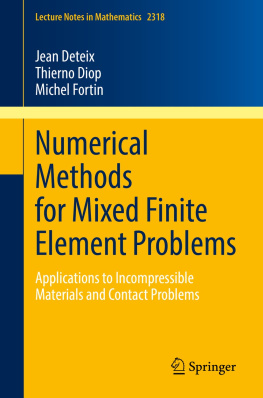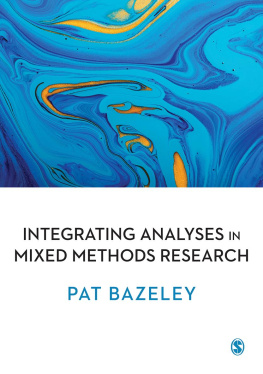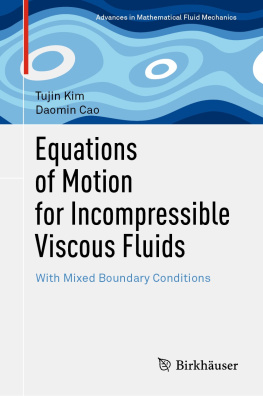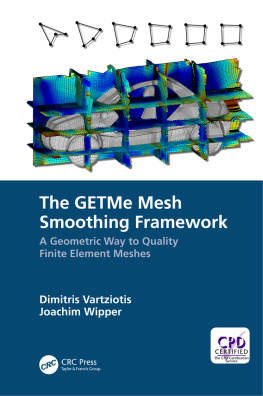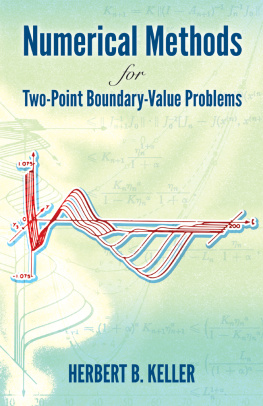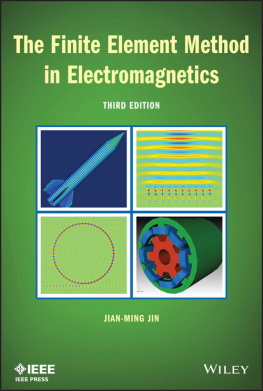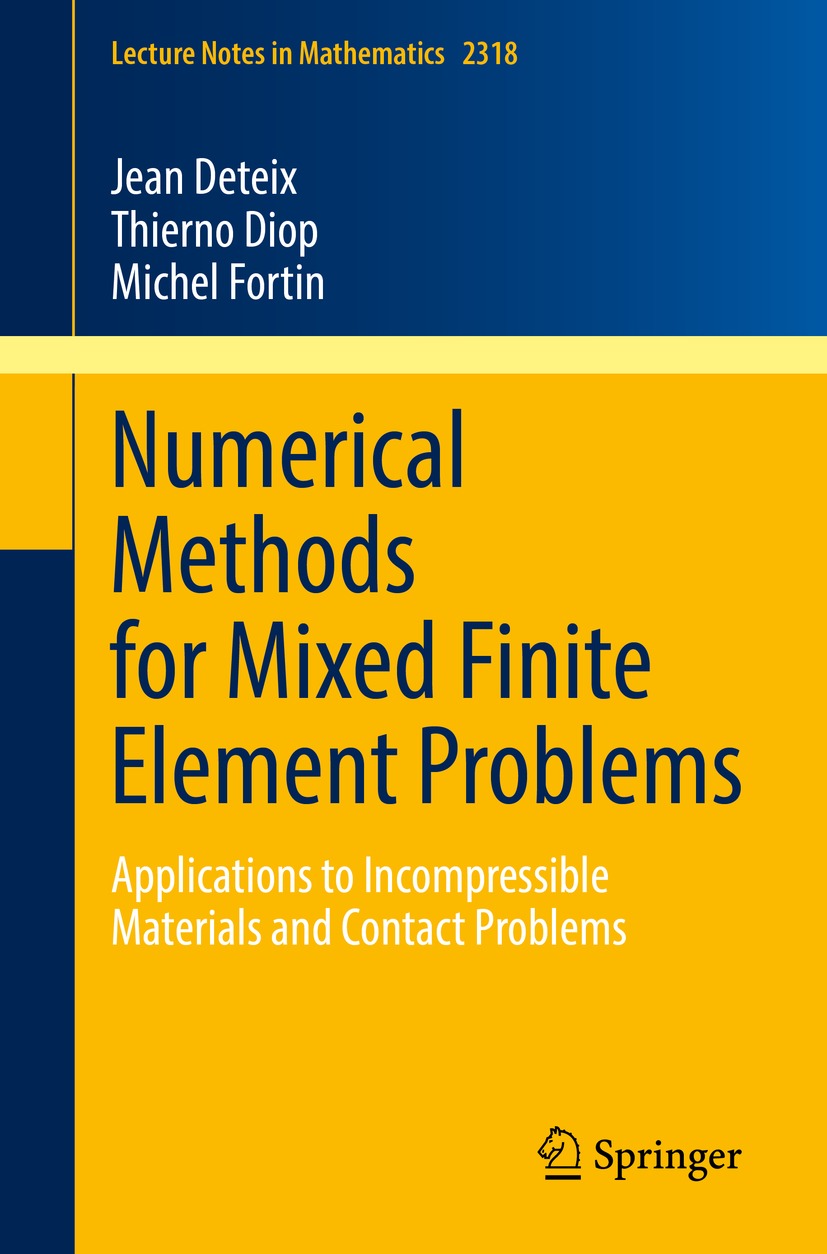Jean Deteix - Numerical Methods for Mixed Finite Element Problems: Applications to Incompressible Materials and Contact Problems
Here you can read online Jean Deteix - Numerical Methods for Mixed Finite Element Problems: Applications to Incompressible Materials and Contact Problems full text of the book (entire story) in english for free. Download pdf and epub, get meaning, cover and reviews about this ebook. year: 2022, publisher: Springer, genre: Romance novel. Description of the work, (preface) as well as reviews are available. Best literature library LitArk.com created for fans of good reading and offers a wide selection of genres:
Romance novel
Science fiction
Adventure
Detective
Science
History
Home and family
Prose
Art
Politics
Computer
Non-fiction
Religion
Business
Children
Humor
Choose a favorite category and find really read worthwhile books. Enjoy immersion in the world of imagination, feel the emotions of the characters or learn something new for yourself, make an fascinating discovery.
- Book:Numerical Methods for Mixed Finite Element Problems: Applications to Incompressible Materials and Contact Problems
- Author:
- Publisher:Springer
- Genre:
- Year:2022
- Rating:3 / 5
- Favourites:Add to favourites
- Your mark:
Numerical Methods for Mixed Finite Element Problems: Applications to Incompressible Materials and Contact Problems: summary, description and annotation
We offer to read an annotation, description, summary or preface (depends on what the author of the book "Numerical Methods for Mixed Finite Element Problems: Applications to Incompressible Materials and Contact Problems" wrote himself). If you haven't found the necessary information about the book — write in the comments, we will try to find it.
Starting by recalling the basic theory of mixed finite element methods, the book goes on to discuss the augmented Lagrangian method and gives a summary of the standard iterative methods, describing their usage for mixed methods. Here, preconditioners are built from an approximate factorisation of the mixed system.
A first set of applications is considered for incompressible elasticity problems and flow problems, including non-linear models.
An account of the mixed formulation for Dirichlets boundary conditions is then given before turning to contact problems, where contact between incompressible bodies leads to problems with two constraints.
This book is aimed at graduate students and researchers in the field of numerical methods and scientific computing.
Jean Deteix: author's other books
Who wrote Numerical Methods for Mixed Finite Element Problems: Applications to Incompressible Materials and Contact Problems? Find out the surname, the name of the author of the book and a list of all author's works by series.

